ASHLEY J. TELLIS
Although Prime Minister Narendra Modi enjoyed a string of foreign policy successes during his term in office, the new government that will be formed in New Delhi—which could witness Modi’s return to the helm—will have to confront serious external challenges both around India’s periphery and farther beyond. Modi has displayed an extraordinary international activism ever since he was elected in 2014. Arguably not since former prime minister Jawaharlal Nehru’s long tenure has India been so engaged in such a wide range of global issues ranging from climate change to strategic realignments—and in so conspicuous a fashion revolving around the sheer personality of the prime minister himself. This activism and its underlying motivations are ultimately grounded in a vision of India as a leading power in the international system: both Nehru and Modi are united by their shared conviction that India is destined for greatness on the global stage, even if the wellsprings of that conception are quite different in each case.
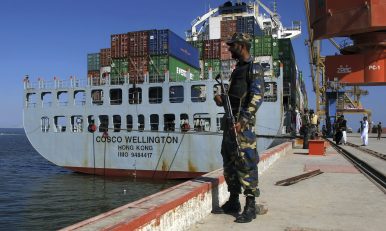


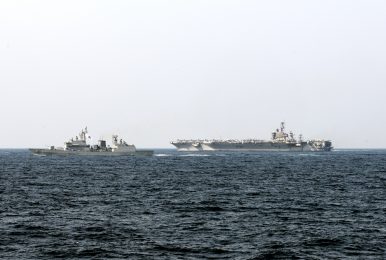
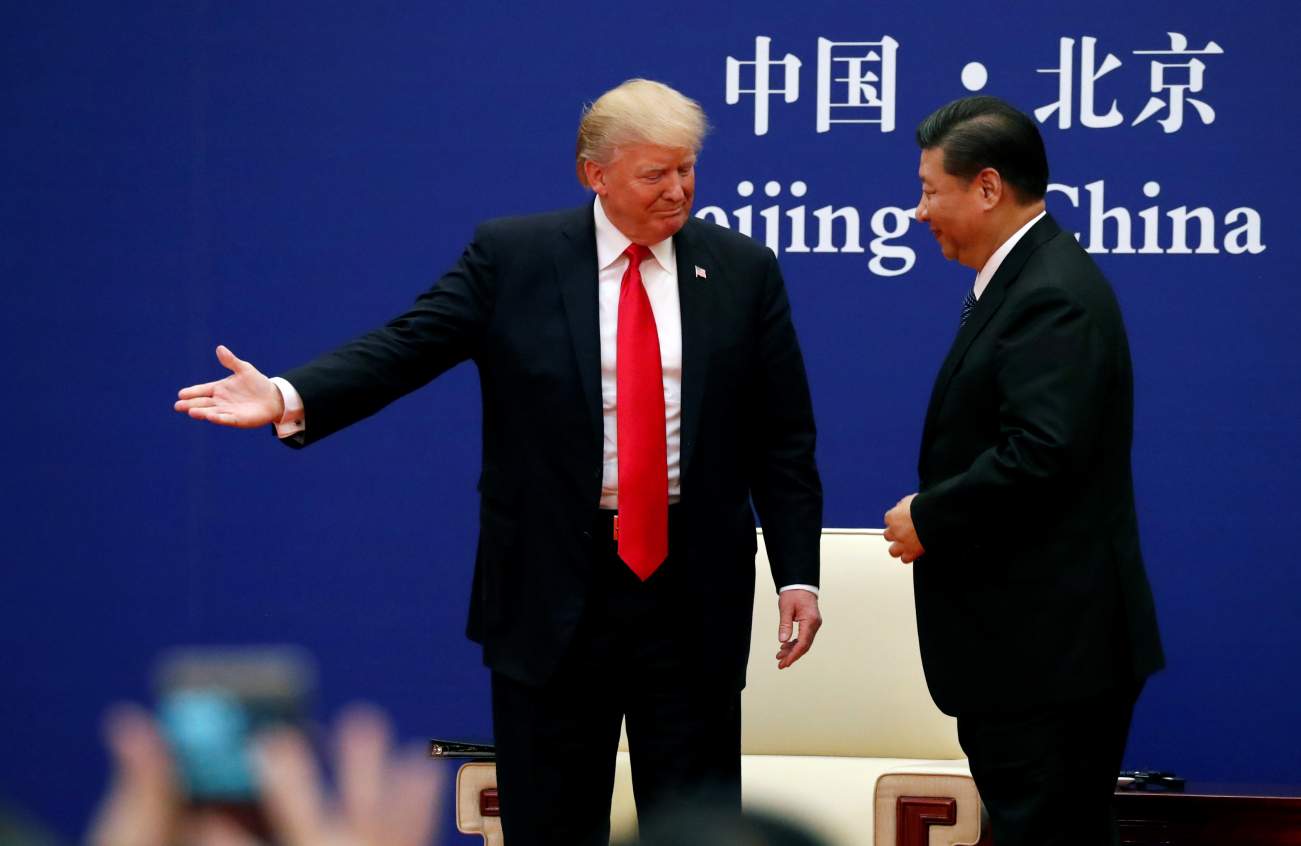



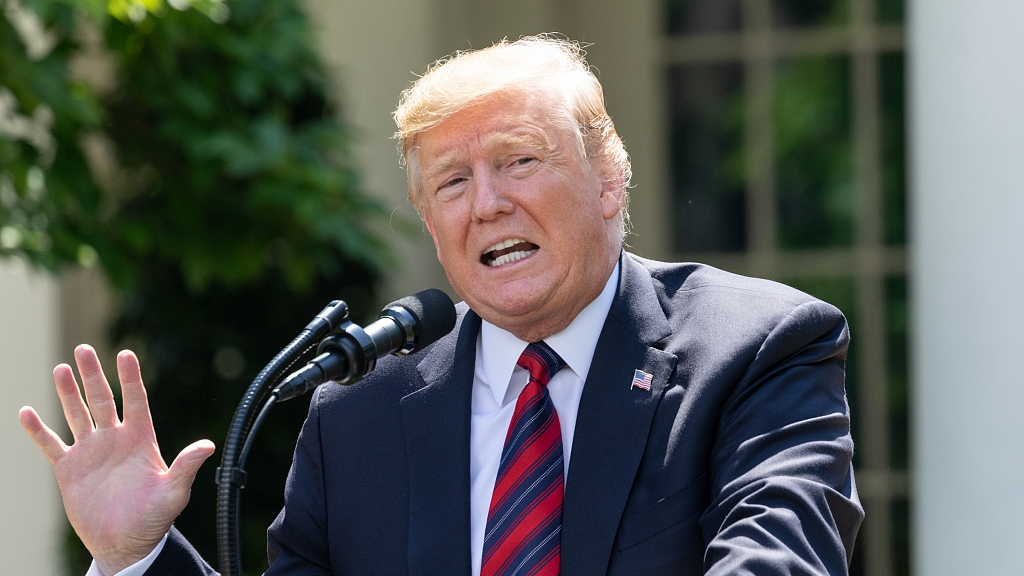
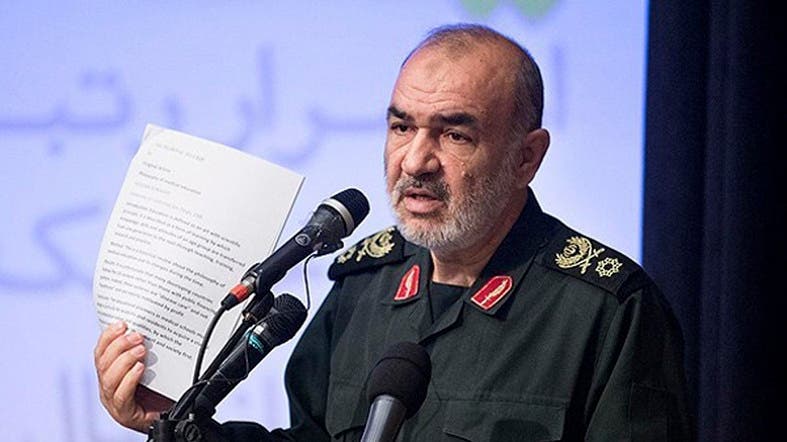

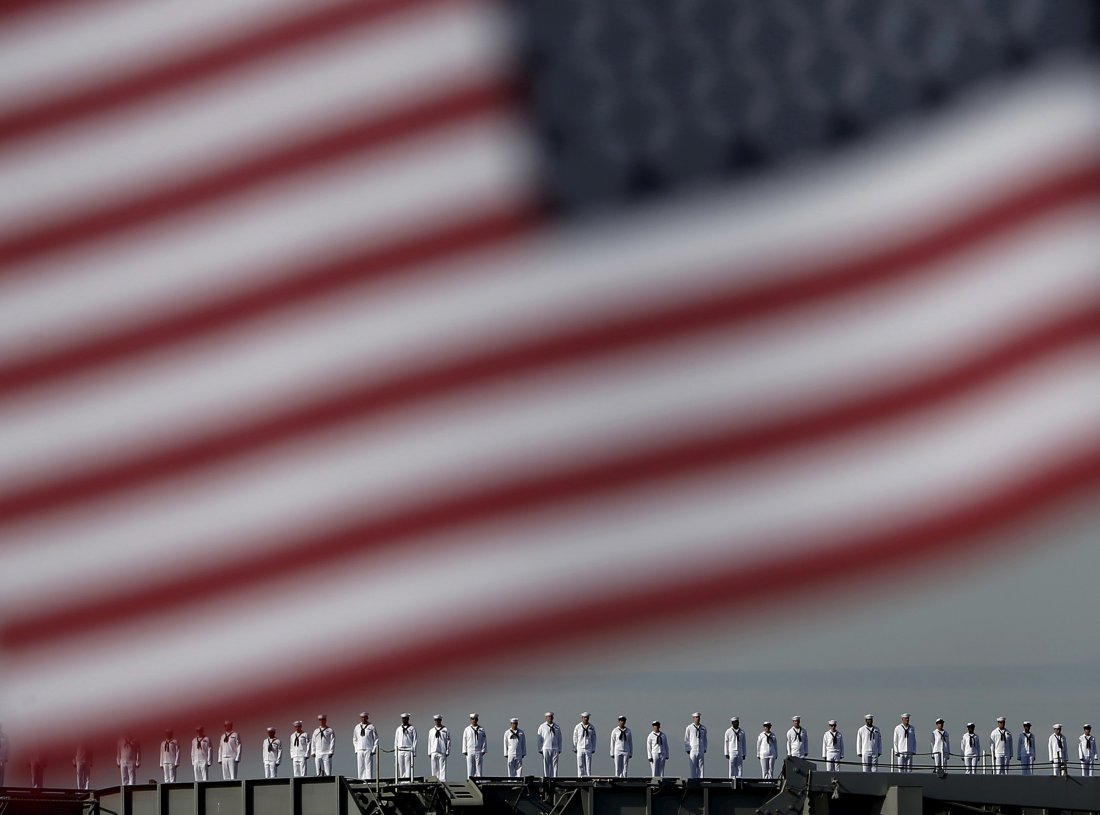

/arc-anglerfish-arc2-prod-mco.s3.amazonaws.com/public/TYPOL5WWEVCFRIMQR2AYUCAZRU.jpg)
